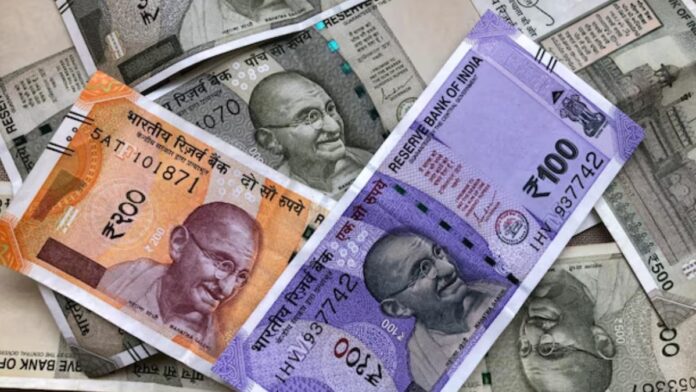The huge relief in the new tax regime will enhance take-home pay, spur consumption and reduce the allure of traditional tax-saving investments. However, individuals must continue to invest in Employees’ Provident Fund (EPF), National Pension System (NPS), equity-linked savings schemes (ELSS), term and health insurance for their long-term financial security even if the tax-saving incentive is gone.
As most individuals in India have no social security benefits, the tax-saving instruments have encouraged forced savings and encouraged people to invest for various financial goals. Moreover, the lock-in periods in tax-saving instruments have forced a disciplined approach to investing and getting compounding returns.
Employees’ Provident Fund
For most salaried employees, EPF is an ideal way to save for retirement provided the subscriber doesn’t withdraw the corpus at every job change. While EPF is mandatory for those with basic pay of `15,000, it is optional for those earning higher. At an interest rate of 8.25%, it has one of the highest returns any debt-related instrument. Many individuals make voluntary contributions in EPF apart from the mandated 12% of the employees’ share. The interest rate of VPF is the same as the EPF. However, the returns from employees’ contributions above `2.5 lakh is taxable. The returns at the time of withdrawal are exempt from tax.
National Pension System
It is an ideal investment tool for retirement planning as it enables individuals to accumulate a retirement corpus by investing regularly and receive a fixed monthly payout on purchase of annuity from a life insurance. The funds are invested in equity, government securities and corporate bonds and the returns vary per the portfolio-mix. Harshad Chetanwala, co-founder, MyWealthGrowth.com, investors must compare the pension funds and choose the one which has given consistent returns over a longer period.
On retirement, subscribers of NPS have to withdraw 60% of the corpus and the remaining amount has to be invested in annuities. The lumpsum amount received by the subscriber is tax-free and the remaining amount invested for purchasing annuity is also exempt from tax. In fact, NPS offers tax benefits even under the new income tax regime. Under Section 80CCD (2) of the Income Tax Act, the tax deduction is allowed up to 14% of the basic pay if the employer contributes to the NPS account on behalf of the employee.
» Read More


